Indigenous Borneo
Austronesians living between the mountains and the sea used their traditional knowledge to survive in and protect the local environment, leading to harmonious co-existence between humans and nature.
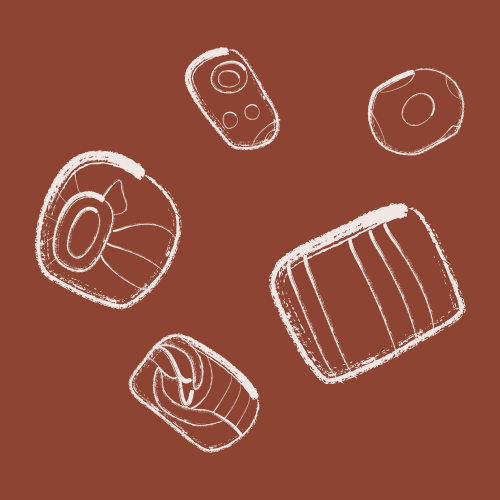

The indigenous peoples of Taiwan belong to the Austronesian language family and so do the indigenous peoples of Borneo. Borneo’s indigenous peoples are mainly distributed in Kalimantan in Indonesia and the states of Sarawak and Sabah in East Malaysia. There are many communities of Austronesian groups along the coast, on river valley plateaus, and in inland rainforests. Hundreds of names exist, depending on ethnic group, subgroup, and community. There is rich ethnic diversity, with some of the larger ethnic groups including the Ibans, Sea Dayaks, and Land Dayaks, which are also known as the Bidayahs, Kayans, Kenyahs, Kelabits, Muruts, Punans, and Penans.
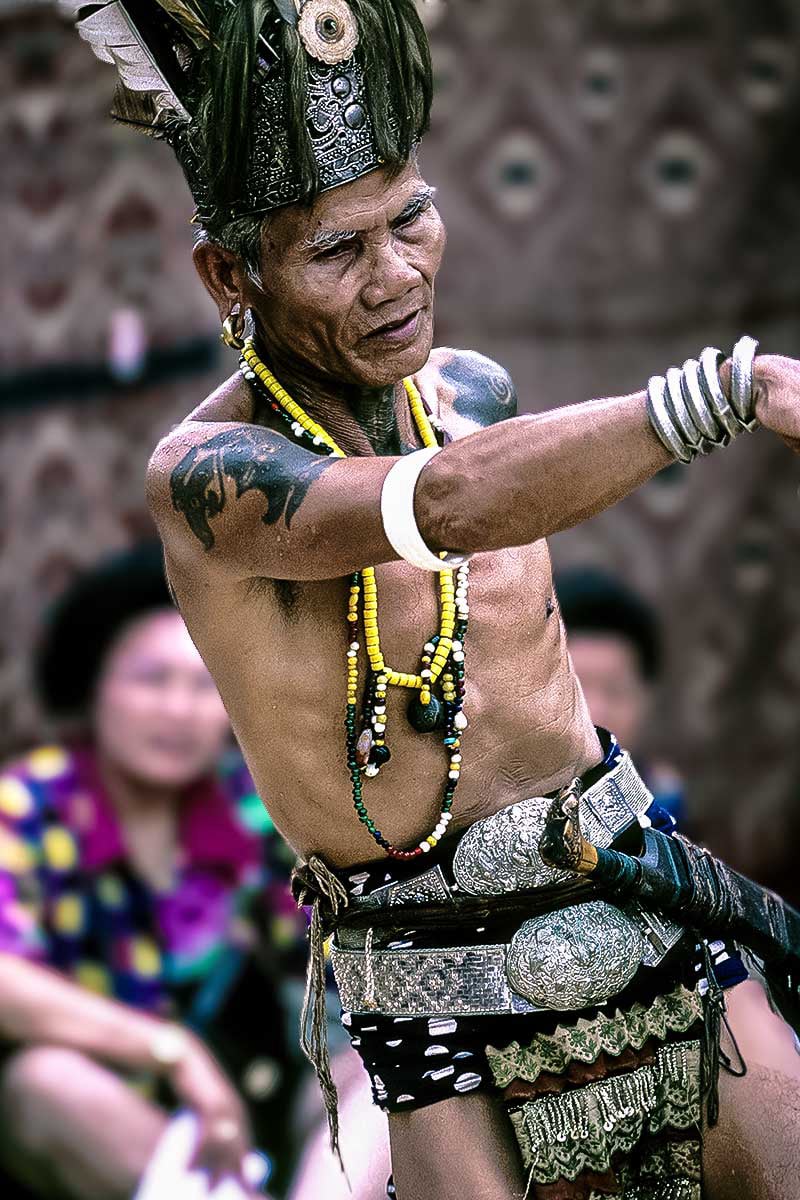
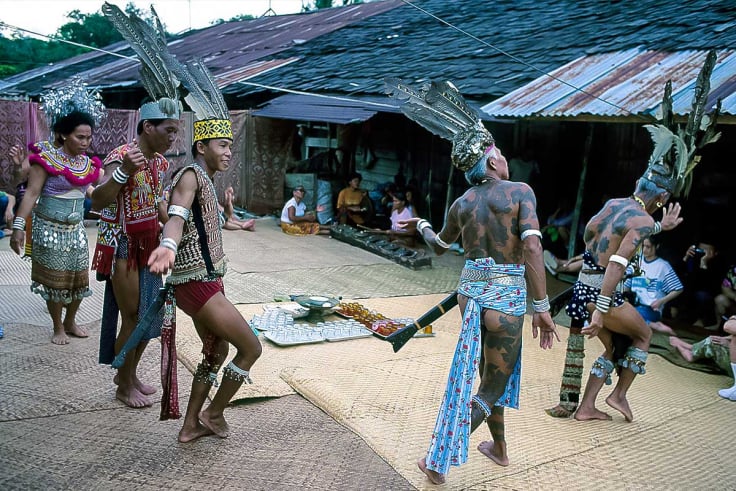
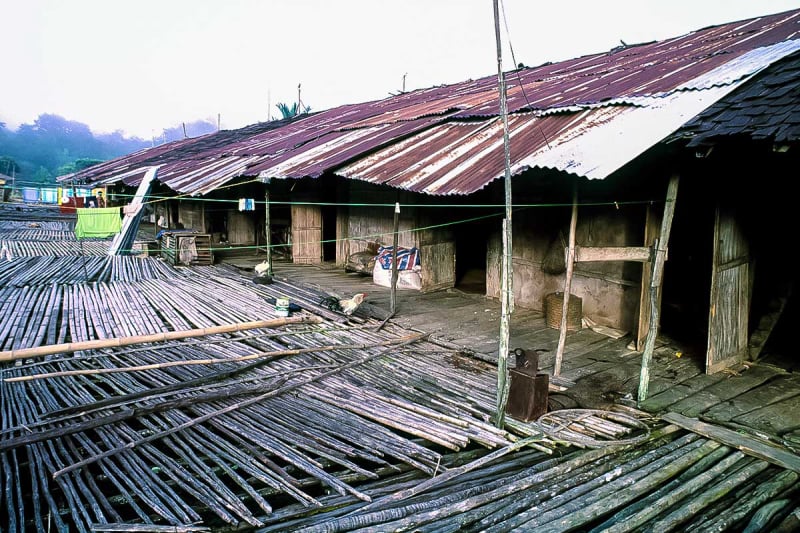
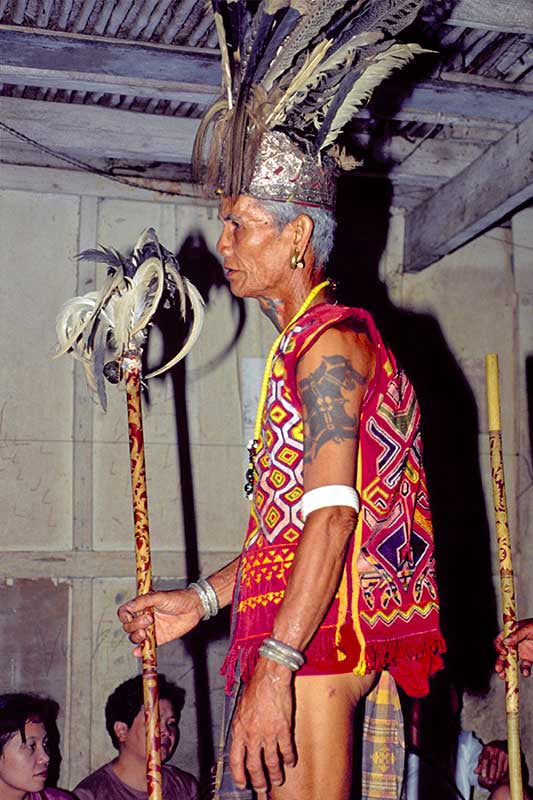
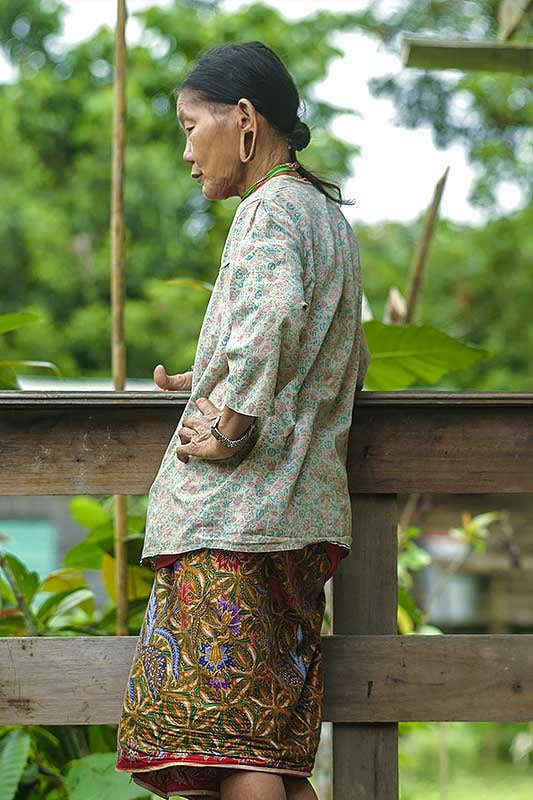
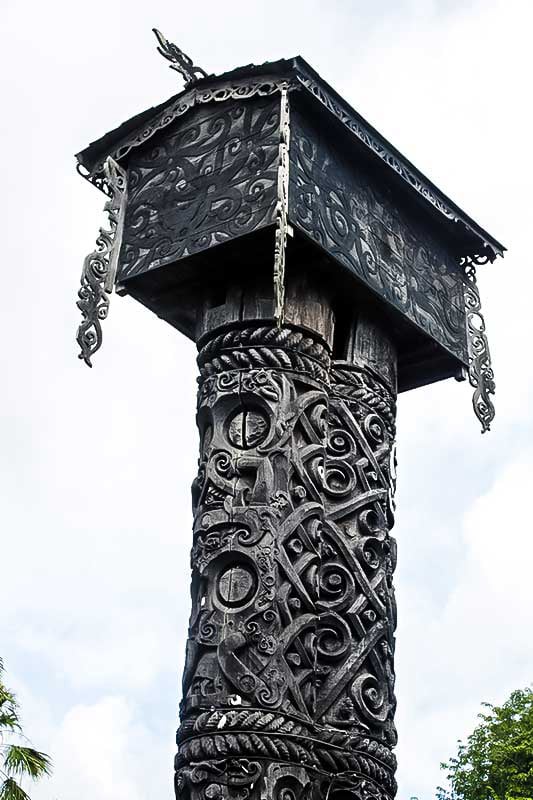
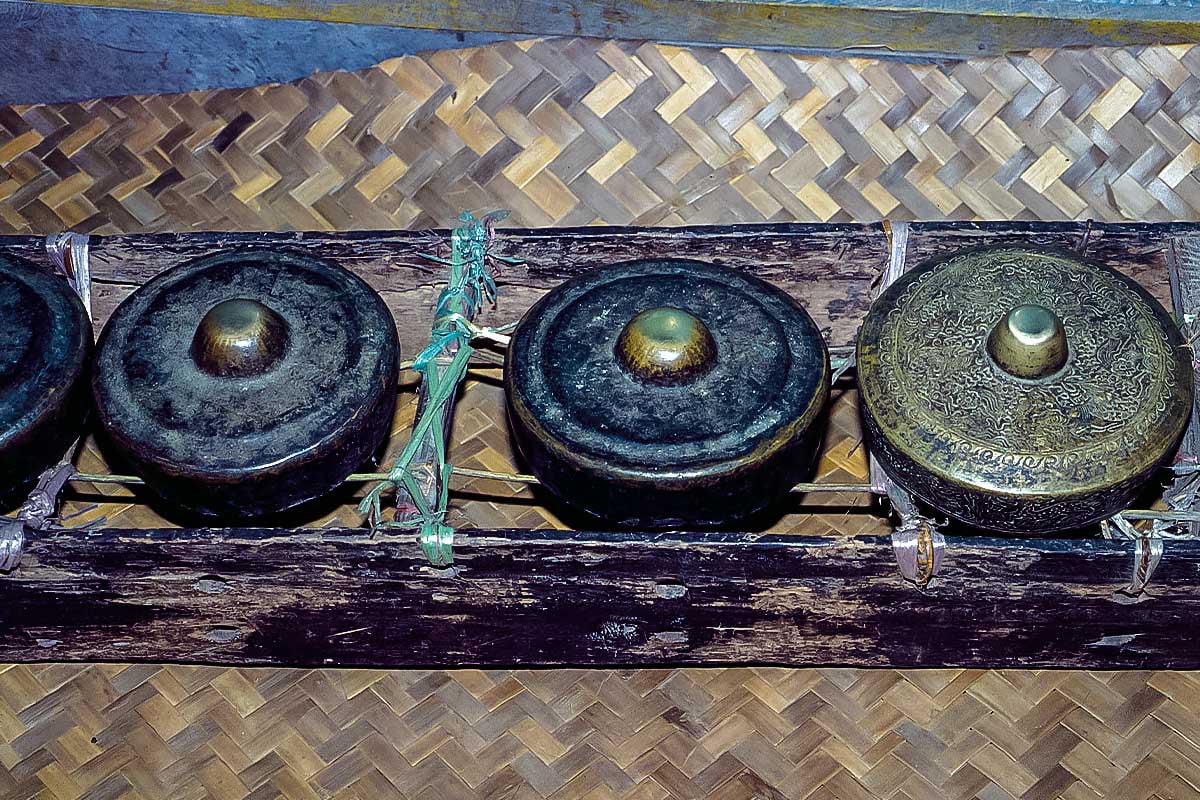
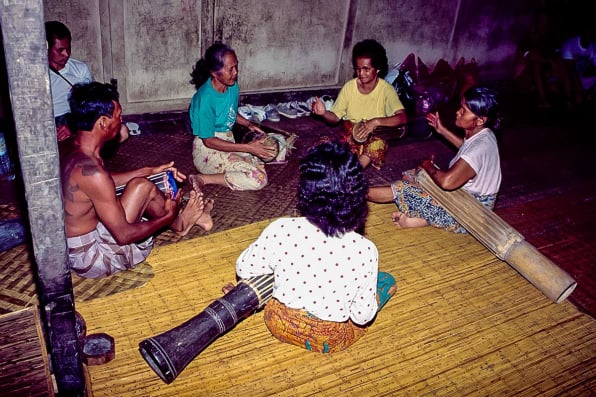
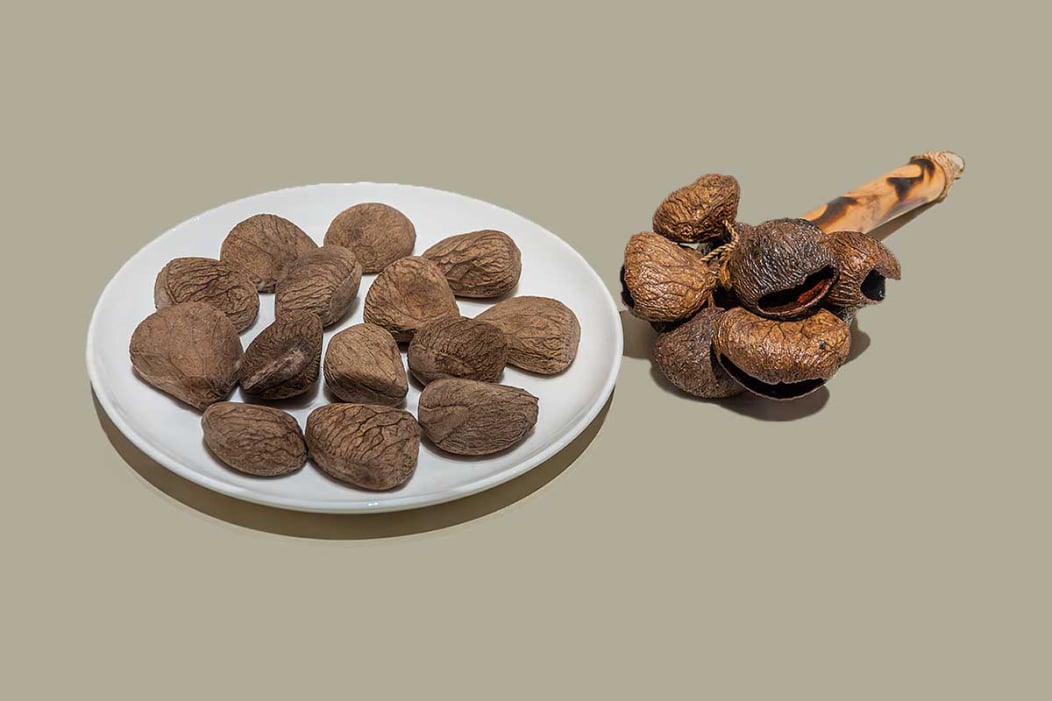
From the natural environment of mountains and seas, different ethnic groups rely on fishing, hunting, gathering local flora and fauna for their livelihood and medicinal purposes. In addition, small-scale shifting cultivation is also implemented. All display a lifestyle that is in harmony with the surrounding environment.
Pangium edule
Spices (Leaf and fruit parts)
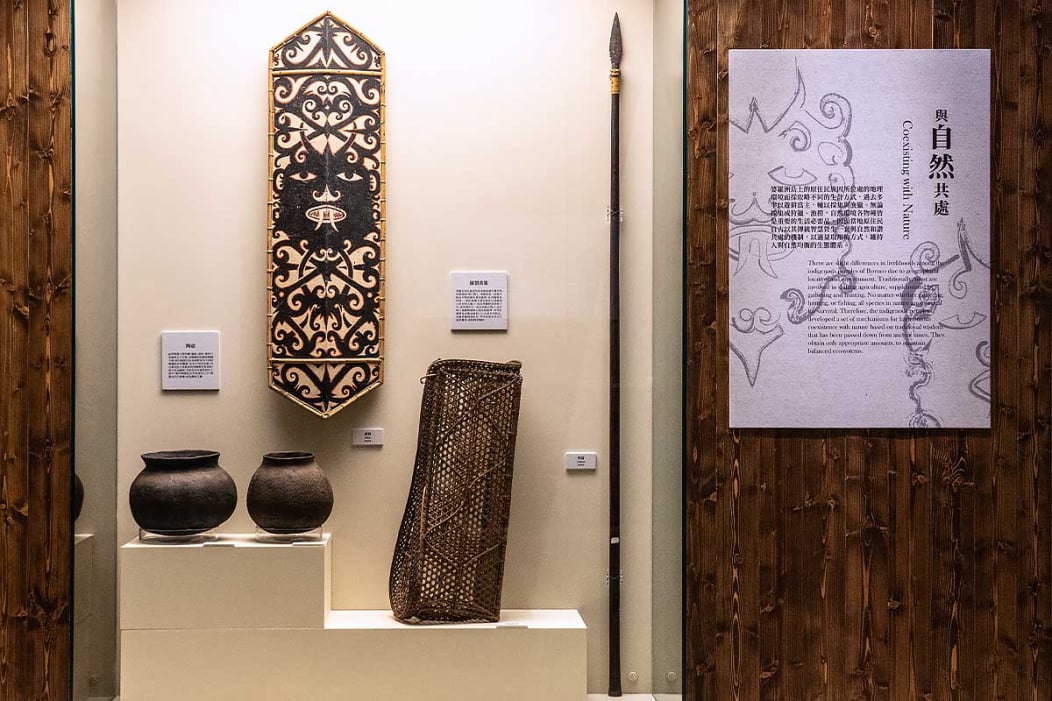
There are slight differences in livelihoods among the indigenous peoples of Borneo due to geographical location and environment. Most are involved in shifting agriculture, supplemented by gathering and hunting. No matter whether gathering, hunting, or fishing, all species in nature are essential for survival. Therefore, the indigenous peoples developed a set of mechanisms for harmonious coexistence with nature based on traditional wisdom that has been passed down from ancient times. They obtain only appropriate amounts, to maintain balanced ecosystems.
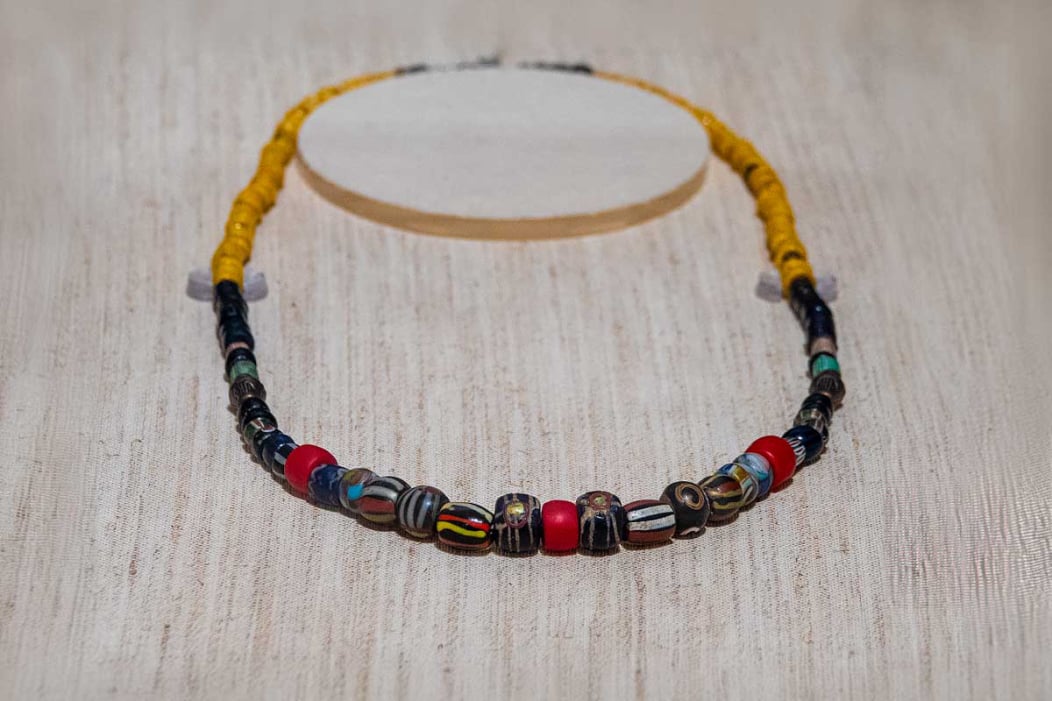
Materials are gathered from nature to make wood and bamboo products, as well as woven baskets, straw mats, and cloth, with patterns often based on the likenesses of various organisms, revealing reverence and enhancing the esthetics and recognizability of objects. Materials obtained from outside, such as glass beads, highlight class distinctions and enrich material life as they are used to make different types of ornaments. From the material culture, there were early exchanges between the peoples of Borneo and other Austronesian groups and the South China Sea trade circle was of significance and importance.
Glass beads →
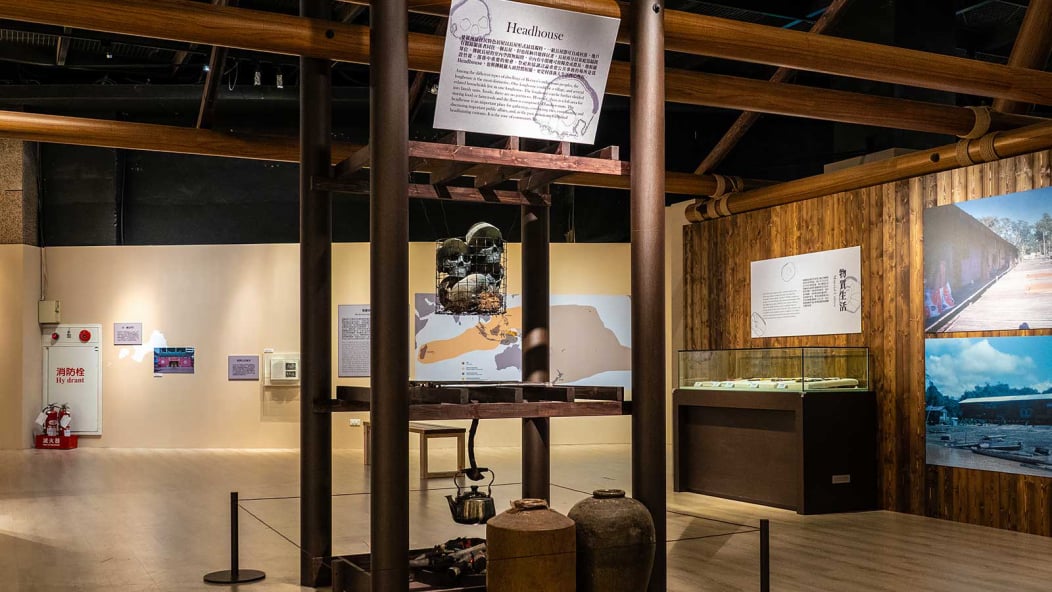
Among the different types of dwellings of Borneo’s indigenous peoples, the longhouse is the most distinctive. Communities consist of groups of longhouses and several related households live in one longhouse. The longhouse can be further divided into family units. Inside, there are no partitions. However, there is a loft area for storing food or farm tools and the floor is comprised of bamboo mats. The headhouse is an important place for gatherings, conducting rites, coordinating and discussing important public affairs, and, in the past, practicing traditional headhunting customs. It is the core of community life and spiritual beliefs.
The indigenous peoples of Borneo are facing the destruction of the rainforest ecology and lack of feasibility of traditional lifestyles. They are being forced into modern lifestyles and to work in various industries. Some have moved toward a tourism-oriented creative lifestyle, highlighting traditional dwellings and culture through self-expression. Some continue to preserve their traditional lifestyle in pristine forests with the backing of non-profit organizations and individuals, using education to extend cultural roots. No matter which model, in the process of modernization, how indigenous peoples apply their traditional wisdom of coexisting with nature is the key to future global environmental sustainability.

National Museum of Prehistory
Center of Austronesian Culture in National Taitung University
Forestry and Nature Conservation Agency, MOA
Taiwan Biodiversity Research Institute, MOA
Fengshan Tropical Horticultural Experiment Branch, Agricultural Research Institute, MOA
Xianglin Community Development Association, Manzhou Township, Pingtung
Taiwan Architecture & Building Center
2024.05.03 - 2024.11.15
The 1st Exhibition Gallery;
The Sunshine Pathway
National Museum of Natural Science (NMNS)
The Society of Wilderness (SOW)